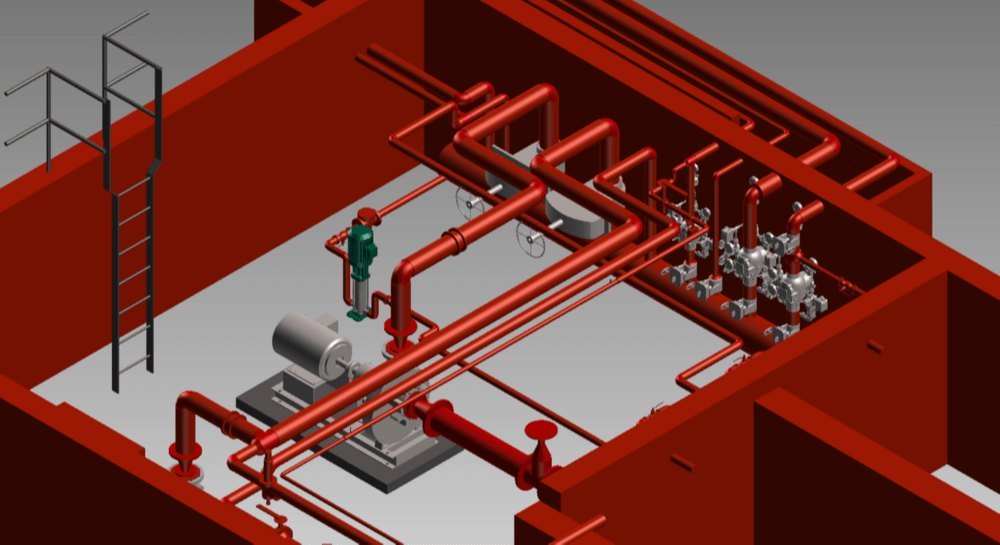Ecological solutions
An ecological approach to fire protection is becoming both a necessity and a standard in modern construction and industry. In the face of growing environmental challenges, innovative technologies such as ecological fire protection systems allow for effective protection of facilities with minimal impact on the ecosystem. In this article, we will discuss key aspects of a sustainable approach to fire protection, taking into account modern solutions based on the principles of circular economy and emission reduction.

Biodegradable Fire Extinguishing Agents and Their Impact on the Environment
The introduction of ecological fire protection systems based on biodegradable extinguishing agents is one of the most important steps towards minimizing the negative impact on the environment. Traditional extinguishing agents, such as fluorine foams, can contaminate groundwater and pose a threat to ecosystems. In turn, innovative preparations that use natural ingredients allow for effective fire neutralization while reducing side effects.
One of the important aspects of biodegradable extinguishing agents is their ability to decompose in the environment without leaving toxic residues. Thanks to this, they can be used in facilities with increased ecological requirements, such as production halls, where employee safety and nature protection are key. More and more companies are choosing fire sprinklers for production halls, which work with biodegradable extinguishing agents, minimizing the emission of harmful substances.
In addition, biodegradable extinguishing agents are highly effective in extinguishing class A and B fires, making them a universal solution for various industries. They can effectively protect facilities while ensuring compliance with environmental regulations.
Emission Reduction and Energy Efficiency of Fire Protection Systems
Growing environmental protection requirements mean that companies are increasingly looking for sustainable fire protection solutions that reduce CO2 emissions and minimize energy consumption. One of the most effective ways to achieve these goals is to implement intelligent fire protection monitoring and management systems.
Used Sprinkler systems equipped with sensors and predictive algorithms allow for precise adjustment of operating parameters to current conditions. This allows for reducing the consumption of water and energy necessary to run them.
The use of modern technologies, such as heat recovery from fire extinguishing systems, enables the reuse of energy in industrial processes. This is an excellent example of how energy-efficient fire protection systems can contribute to the implementation of sustainable development strategies. In combination with systems powered by renewable energy, such as photovoltaic panels, it is possible to achieve a near-zero carbon footprint in fire protection.
It is also worth paying attention to innovative insulation and construction materials that increase the fire resistance of buildings without the need to use chemicals harmful to the environment. Thanks to them, fire protection becomes friendly to nature.
Sustainable development in fire protection is a direction that is gaining importance in the context of global ecological challenges. Implementation of ecological fire protection systems, such as biodegradable extinguishing agents, intelligent sprinkler systems, or solutions in accordance with the principles of the circular economy, allows for effective protection of facilities while caring for the natural environment. Modern technologies enable minimization of emissions and optimal use of resources, which makes fire protection sustainable and energy-efficient.
